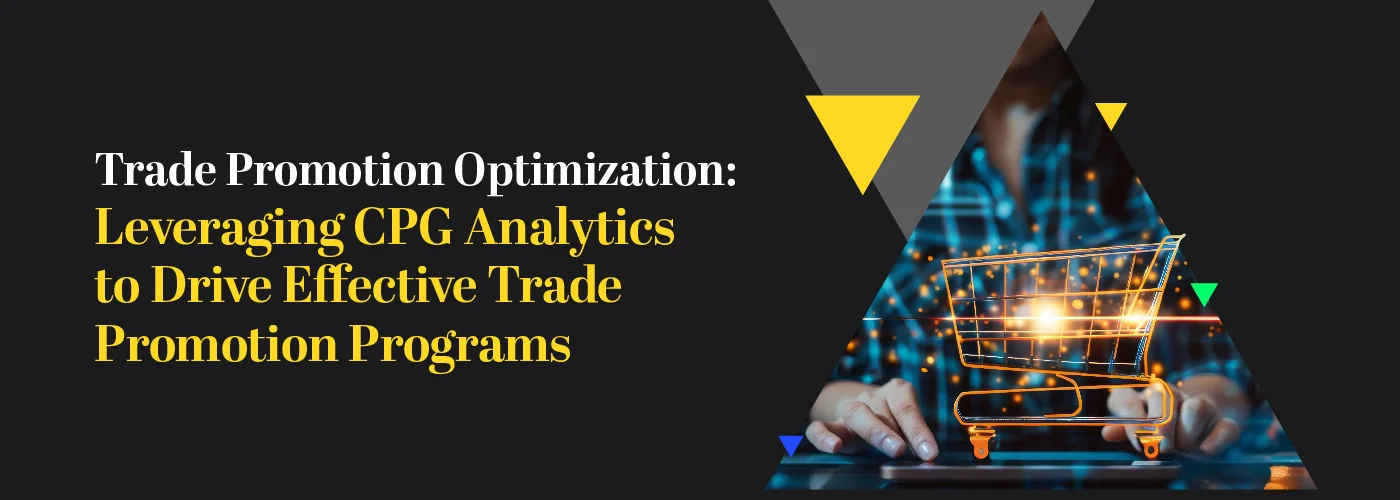
Sign up to receive latest insights & updates in technology, AI & data analytics, data science, & innovations from Polestar Analytics.
Data is the dominant factor in every business today, leading to innovation and growth. And the ability to master data has become one of the most critical business aspects. Trade Promotion Optimization brings data to life. Ever since the ingression of data and analytics in the business world, it has only been habitual to growth.
With CPG Analytics, you can turn trade promotion insights into actions and performance management to drive sustained impact and deliver profitable growth.
Throughout this blog, we will learn how trade promotion optimization in the consumer products industry can drive better growth.
Before getting started: Get our easy-to-follow framework and best practices
Free PDF is Here!In the current scenario, ample changes are witnessed in consumer behaviour, and the retail industry has put immense pressure on CPG brands, signifying how power is shifting from CPG companies toward retailers and consumers. Here are the shifts:
Shift #1: Consumers have obtained more robustness and ventured off the conventional linear path for buying. They utilize numerous channels throughout their customer journey, where brand loyalty is waning, and the cost is becoming more crucial as a decision criterion. The acceleration in price transparency comes with more widespread digitization—like the online availability of prices—which allows consumers to make pricing comparisons more easily. From the manufacturers' lens, this creates more uncertainties around consumer spending for branded products and puts additional pressure on CPG trade promotion spending to deliver measurable impact in a highly competitive environment.
Shift #2: Retailers are progressively putting more focus on private label products, trying to grow their power at the haggle with top-notch brands. Additionally, retailers are contributing more exclusive products to their shelves and transforming the product range more frequently to create a difference from other retailers. Moreover, there are varying input prices, and producers are under immense pressure to raise their margins and win the pricing war for consumers to get their products on the shelf.
Shift #3: In the present situation, retail dynamics are changing. New channels like - e-commerce space and convenience formats make it even more crucial for manufacturers to manage their promotions- although that becomes very complex as channels become more diverse. Retail formats must catch up across all channels, leading to cut-throat competition for shelf space between CPG brands. However, trade promotions have a vast untapped potential that can create a win-win situation for retailers and manufacturers. Trade promotion analytics in place can help CPG companies obtain new insights that will assist in shaping their offerings across promotion designs and eventually advantage both parties equally to enhance and improve their partnership.
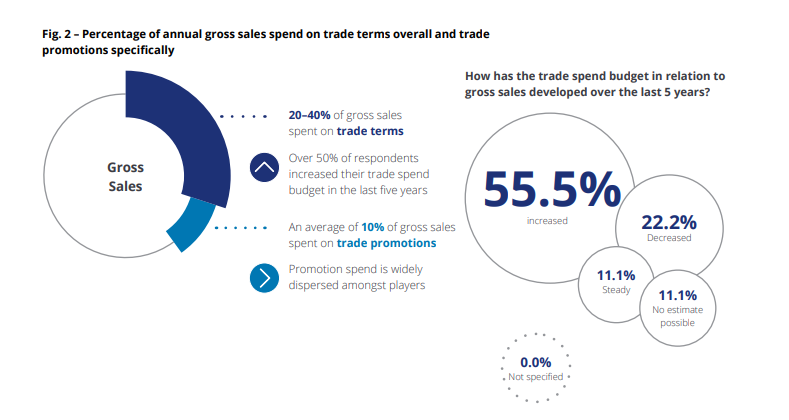
Explore the intricate dynamics among key stakeholders—CEO, CMO, CSCO, and Sales Head—as they navigate the complexities of trade promotions.
Get Your CopyTrade Promotion Optimization (TPO) is a data-driven process that uses integrated goals, promotional factors, and advanced analytics to enhance trade promotion strategies and increase ROI. By applying Trade Promotion Optimization (TPO), CPG trade promotion spending can be minimized through a sharper focus on promotion goals—such as price and duration—and by identifying constraints that limit the ability to meet those objectives.
Trade promotion optimization solutions has become a game-changer in the Consumer Packaged Goods industry by enabling real-time data and integrated computational models to help brands monitor, modify, and enhance the effectiveness of their promotions and maximize their impact. Trade promotion optimization (TPO) along with trade promotion management (TPM) is a key component of trade promotion execution (TPx) strategy for CPG companies, helping align planning and execution across the value chain.
Additionally, integrating trade promotion management in CPG ensures a more structured approach to planning, executing, and analyzing promotional activities for improved efficiency and ROI.

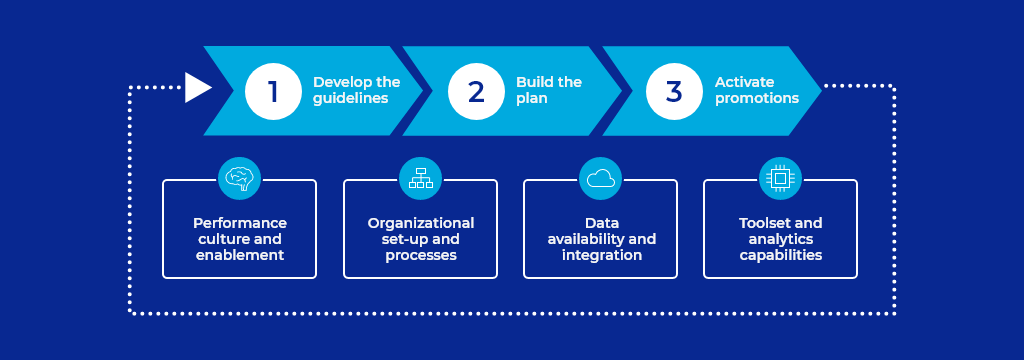
Now that we understand the significance of Trade Promotion Optimization (TPO), let’s walk you through another important aspect of a trade promotion strategy: trade promotion management and optimization. While trade promotion optimization (TPO) focuses on "what-if" scenarios and leverages data from previous promotions to better plan future campaigns, trade promotion management (TPM) deals more directly with the logistical and operational aspects of executing those promotions.
Trade Promotion Optimization (TPO) and Trade Promotion Management (TPM) have traditionally existed independently of one another. Many businesses believed that a strong TPM strategy had to be in place first before Trade Promotion Optimization (TPO) could occur. This notion, however, restricted them from achieving peak promotion performance. The truth is that trade promotion optimization in the consumer products industry should be integrated directly into the TPM strategy to strike the right balance between top-line growth and profitability while addressing promotional challenges more effectively.
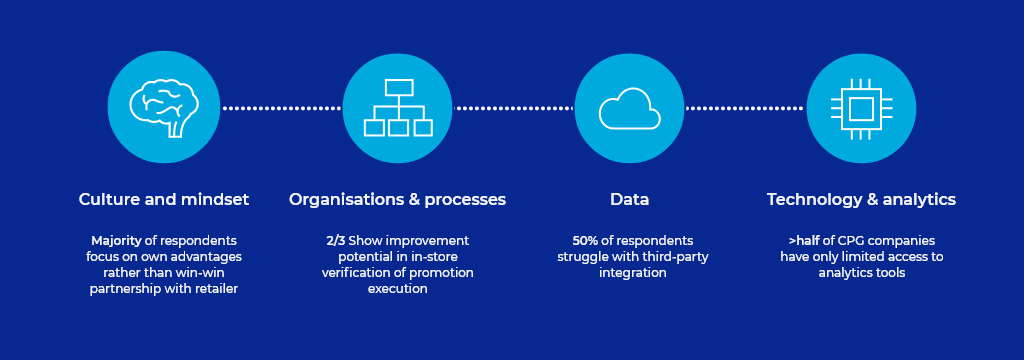
So what are those challenges? Let’s move forward and focus on the Trade Promotion Optimization (TPO) challenges faced by CPG companies.
Supercharge Your ROI: Get started with advanced analytics for trade promotions in CPG Industry today.
Nailing trade promotion optimization is crucial for CPG industry success but in a business world where many CPG companies have not differentiated promotion strategies relative to their peers, challenges are inevitable.
how to influence customer demand has been a major focus for the CPG industry. However, the practice of brand building to maximize distribution has become increasingly complex. The advent of digital ubiquity, increased use of social media, and dominance of national retailers are the primary reasons to cause complexity. Based on the study, we have outlined the common Trade Promotion Optimization (TPO) challenges.
A lot of CPG players are using playbooks instead of spreadsheets for promotion guidelines but the playbooks are not implemented consistently. They frequently regard playbooks as a one-time project and hardly ever utilize or update them. Companies should encourage employees to use successful promotion playbooks since they will show how to maximize success at the point of sale.
Playbooks prioritize promotion spending in accordance with point-of-sale performance. However, a recent study reveals that CPG trade promotion spending is often misaligned, with businesses allocating only a small portion based on actual sell-out data.
Only 20% of promotions use this strategy, despite the fact that more and more recent promotions link payment to sell-out success. Due to this, there is a considerable discrepancy between the players: some brands use sell-out terms for almost all of their promotions, whereas others haven't even thought about sell-out-based payments or lack the transparency necessary to identify which promotions are actually linked to sell-out performance. However, 30% does suggest a recent increase in the proportion of payouts based on sell-out success.
It is challenging to change how businesses carry out their planning procedures and allocate funds to particular clients or events because these practices have developed over time. This resistance to change is made worse by a lack of transparency, as most businesses have no idea which particular promotions have been effective or not.
Even when businesses invest more in trade promotions, consumer goods' lack of transparency remains very limited for the consumer goods industry. Only a small number of major businesses in the consumer products industry claim to have transparent outcomes for about half of their campaigns. Due to the lack of transparency, CPG businesses are unable to allocate resources efficiently.
Only one-third of the companies examined utilized profitability based on ROI as a primary metric, although our respondents claimed that success is frequently judged with a heavy major focus on volume.
Additionally, the majority of players who track ROI do not add any extra variables to their calculations. For instance, just 10% of our respondents take into account retailer ahead buying and 20% consider the effect of seasonality, even though 40% of our respondents have the data to compute cannibalization effects and maximize trade ROI with Trade Promotion Management solutions.
There is one fact that has revolutionized the way we look at trade planning. Consumers now have direct and extensive access to information, something that was previously impossible - thanks to emerging technologies. The future brand health and competitive effectiveness will be determined by trade strategy and execution in addition to having a direct impact on a manufacturer's bottom line.
Trade promotion optimization model has evolved from a distant dream to a critical skill that all businesses must master.
Solve business challenges & redefine the way your organization consumes data.
In order to leverage Trade Promotion Optimization solutions, we believe the CPG industry needs to get armed with the following practices:
Get the transparency to develop the guidelines and inform the plan: It is highly imperative to have a thorough assessment of existing promotions and transparent data about their organizational processes. CPG industries must create an analysis framework with relevant KPIs to generate standardized evaluations for every promotion.
Making a central repository for all promotions ought to be the primary step in the promotion planning process. Using CPG Analytics, Companies must link data on projections against actuals, integrate plan data with customer & category teams, and align the data with financial & operational planning in order to achieve best practices.
The budget should be spent in a way that best supports the category’s growth and profitability goals aligned with the business strategy. Various objectives (e.g., volume, profit, or ROI) can be used to help each promotion’s efforts for each promo in line with the strategic goal.
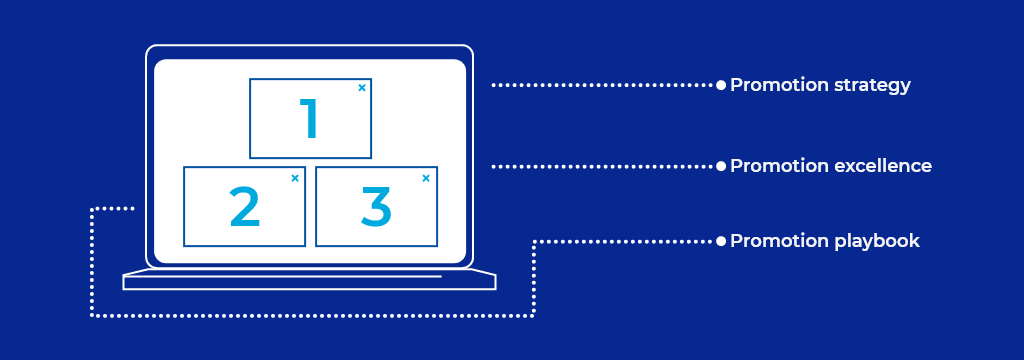
Promotion strategy: Create a promotion plan that specifies a measurable and transparent strategy for allocating the budget by a customer, along with a spend playbook to budget spending at the customer level.
Promotion Playbook: Once analytics are in place, the playbook should be regularly modified. It can be changed at the management level, but in order to support localized decision-making that is optimized for ROI but does not include controls and strategic intent, they must keep the firm informed in real-time.
Promotion excellence: Linking strategy and execution is the hallmark of excellent trade marketing. The strategy should be informed by the tracking, analysis, and forecasting of promotions, which will also determine how much budget is allotted for each customer.
Embracing Data for Win-Win Trade Promotions
With data, there’s no reason to be left behind for promotion to be truly effective for CPG businesses. When offered the above-listed practices, the CPG data and analytics approach to trade promotion optimization model can offer an extremely powerful one-two punch to craft well-designed promotion strategies that appeal to consumers while fostering good relationships with retailers.
Drawing on our research and experience, it is concluded that each trend is powerful on its own so when we see momentum building for technology and analytics capabilities, business as usual isn’t an option. It is a must for CPG companies to respond to the ever-changing consumer behavior and the business environment by making data more transparent on their trade promotion success.
Companies can gain a robust competitive advantage with a razor-sharp focus on leveraging advanced analytics for trade promotion effectiveness and helping businesses transform core commercial capabilities to excel.
Are you a forward-thinking CPG data analytics player planning to build analytics muscle to drive promotional effectiveness?
Polestar Analytics is your ideal solution to help you set up for profitable growth and success in your existing or next TMP endeavor.
About Author

Data poet
Stories are data with a soul. They are always looking for a way to be heard.